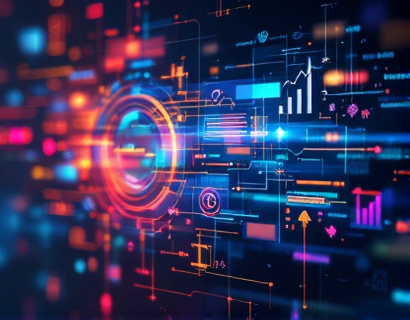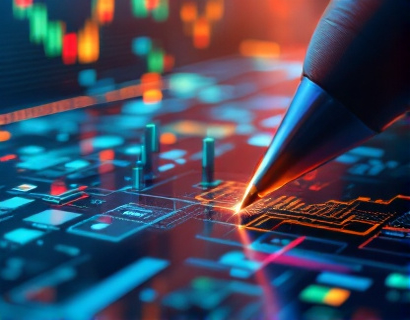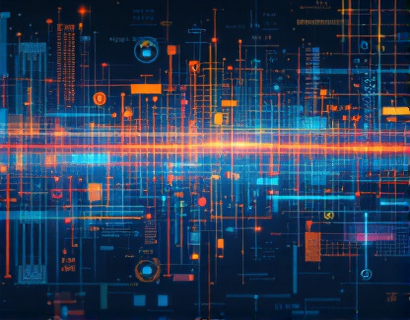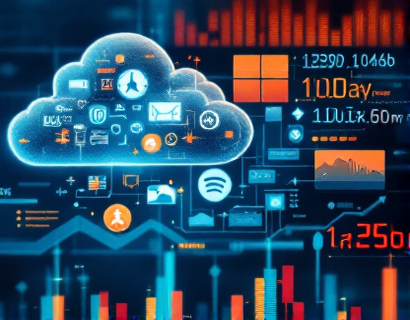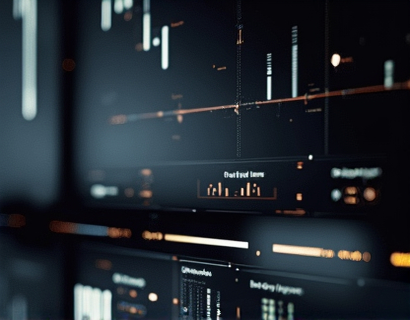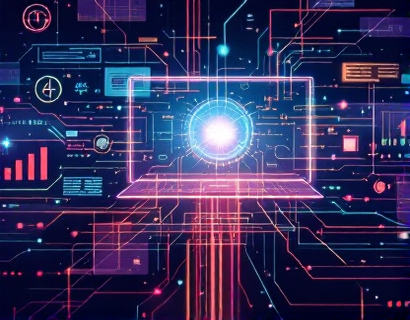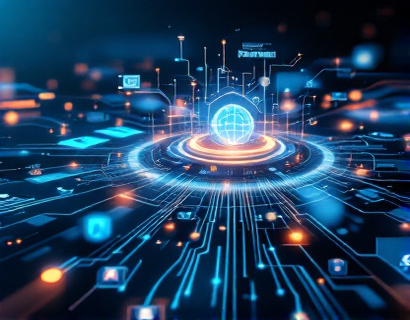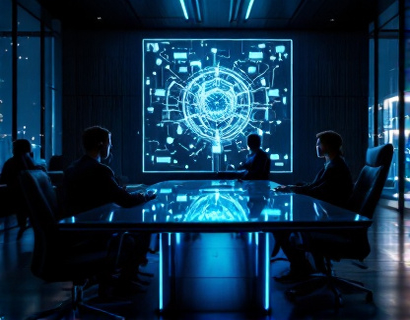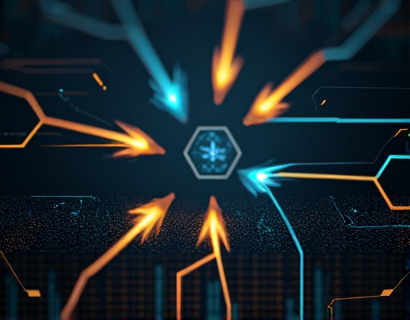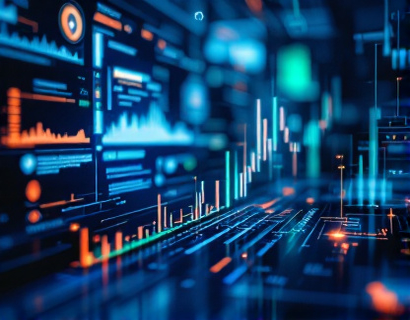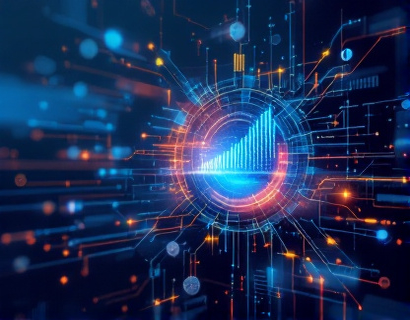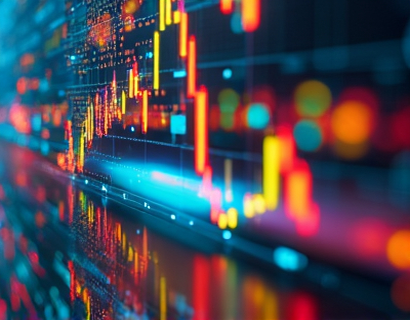Blockchain for Art: Revolutionizing the Preservation and Tracking of Historical Artifacts
The intersection of technology and art has always been a fertile ground for innovation, and in recent years, blockchain technology has emerged as a transformative force in the art world. This decentralized digital ledger system offers unprecedented opportunities for the preservation and tracking of historical artifacts and artworks. By ensuring secure and transparent tracking, blockchain technology is revolutionizing how we verify authenticity and provenance, fostering trust and collaboration among collectors, museums, and cultural institutions. This article explores how blockchain is reshaping the art landscape, safeguarding our shared cultural heritage for future generations.
Understanding Blockchain Technology
At its core, blockchain is a decentralized and distributed digital ledger that records transactions across many computers in such a way that the registered transactions cannot be altered retroactively. This technology is best known for its role in powering cryptocurrencies like Bitcoin, but its applications extend far beyond digital currencies. In the context of art, blockchain provides a secure method for recording the ownership and provenance of artworks, ensuring that each piece's history is transparent and verifiable.
The Importance of Provenance in Art
Provenance refers to the history of ownership of a particular artwork or artifact. It is crucial for establishing authenticity, value, and legal ownership. In the art world, provenance can significantly impact an artwork's market value and desirability. Unfortunately, the traditional methods of tracking provenance are often fraught with challenges, including forgery, misattribution, and loss of documentation. Blockchain technology addresses these issues by providing a tamper-proof record of an artwork's history, from its creation to its current ownership.
How Blockchain Ensures Authenticity
One of the most significant advantages of using blockchain in the art world is its ability to verify authenticity. Each artwork can be assigned a unique digital identifier that is recorded on the blockchain. This identifier links to detailed information about the artwork, including its creator, date of creation, and previous owners. When an artwork is sold or transferred, the transaction is recorded on the blockchain, creating a permanent and unchangeable record. This process not only helps to prevent forgery but also provides potential buyers with confidence in the authenticity of the artwork they are purchasing.
Enhancing Transparency and Trust
Transparency is a critical component of trust in the art market. Blockchain technology enhances transparency by allowing all stakeholders—artists, collectors, galleries, and museums—to access the same information regarding an artwork's provenance and ownership history. This shared access reduces the risk of disputes and misunderstandings, fostering a collaborative environment among art professionals. Additionally, the immutable nature of blockchain records means that once information is entered, it cannot be altered or deleted, further enhancing trust in the system.
Decentralized Solutions for Cultural Institutions
Cultural institutions, such as museums and galleries, play a vital role in preserving and showcasing our shared heritage. However, they often face challenges related to the management and tracking of their collections. Blockchain technology offers decentralized solutions that can streamline these processes. By implementing blockchain systems, museums can create a comprehensive digital catalog of their collections, including detailed provenance information for each piece. This catalog can be easily updated and accessed by staff, researchers, and the public, promoting greater engagement with cultural heritage.
Case Studies: Blockchain in Action
Several initiatives have already begun to harness the power of blockchain for art preservation and tracking. One notable example is the Artory platform, which provides a secure registry for artworks and collectibles. Artory uses blockchain technology to create a digital certificate of authenticity for each registered piece, ensuring that buyers can verify its provenance. Another example is Myco, a platform that allows artists to tokenize their work on the blockchain, enabling them to sell fractional ownership of their art while retaining control over the original piece. These case studies illustrate the potential of blockchain to transform the art market and enhance the preservation of cultural artifacts.
Challenges and Considerations
While the benefits of blockchain technology in the art world are significant, there are also challenges and considerations to address. One major concern is the environmental impact of blockchain, particularly in relation to energy consumption. Many blockchain networks, especially those that rely on proof-of-work mechanisms, require substantial energy to operate. As the art world increasingly embraces sustainability, it is essential to consider the environmental implications of adopting blockchain solutions.
Another challenge is the need for standardization in the way artworks are recorded on the blockchain. Without a unified approach, the effectiveness of blockchain in tracking provenance and authenticity may be compromised. Collaboration among stakeholders, including artists, collectors, and technology providers, will be crucial in developing best practices for blockchain implementation in the art sector.
The Role of Arttech in the Blockchain Revolution
Arttech, the intersection of art and technology, is playing a pivotal role in the adoption of blockchain solutions in the art world. Startups and established companies are developing innovative platforms that leverage blockchain to enhance the art market. These platforms not only facilitate the buying and selling of art but also provide tools for artists to manage their work and engage with collectors. By embracing technology, the art world can adapt to changing consumer preferences and create new opportunities for artists and cultural institutions.
Fostering Collaboration Among Stakeholders
Collaboration is essential for the successful implementation of blockchain technology in the art world. Artists, collectors, galleries, museums, and technology providers must work together to create a cohesive ecosystem that supports the preservation and tracking of historical artifacts. By sharing knowledge and resources, stakeholders can develop solutions that address the unique challenges of the art market while maximizing the benefits of blockchain technology.
Future Prospects: A New Era for Art Preservation
The future of art preservation and tracking is bright, thanks to the potential of blockchain technology. As more stakeholders recognize the benefits of decentralized solutions, we can expect to see increased adoption of blockchain in the art world. This shift will not only enhance the security and transparency of art transactions but also promote greater engagement with cultural heritage. By safeguarding the authenticity and provenance of artworks, blockchain technology is helping to ensure that our shared cultural treasures are preserved for future generations.
Conclusion
Blockchain technology is revolutionizing the art world by providing secure and transparent solutions for the preservation and tracking of historical artifacts. By ensuring authenticity and provenance, blockchain fosters trust and collaboration among collectors, museums, and cultural institutions. As we embrace this innovative approach, we take significant steps toward safeguarding our shared cultural heritage while adapting to the future of art and heritage management. The journey is just beginning, and the potential for blockchain in the art world is limitless.




